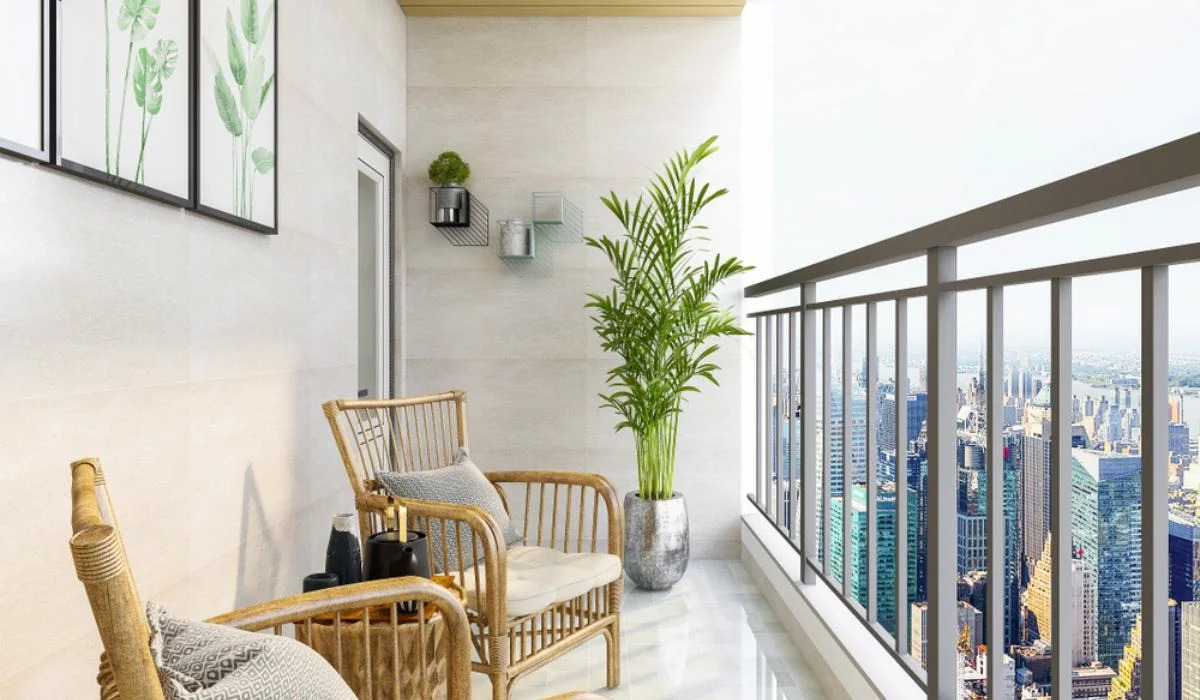

Articles
How To Make Your Balcony Private
Modified: February 24, 2024
Discover effective articles on how to make your balcony private with these easy DIY solutions. Enhance your outdoor space for ultimate relaxation and privacy.
(Many of the links in this article redirect to a specific reviewed product. Your purchase of these products through affiliate links helps to generate commission for Storables.com, at no extra cost. Learn more)
Introduction
Having a balcony is a wonderful addition to any home or apartment, providing a space to relax, enjoy the outdoors, and take in the view. However, privacy can sometimes be an issue, especially if you have neighbors nearby or if your balcony is visible from the street or other buildings. Luckily, there are several creative and practical solutions to make your balcony more private, allowing you to fully enjoy this outdoor oasis without feeling exposed.
In this article, we will explore various methods to make your balcony more private. Whether you prefer a natural approach with plants and greenery or a more structured solution like curtains or partitions, there is an option that suits your personal style and needs.
Choosing the right privacy solution for your balcony depends on several factors, including the amount of privacy you desire, the size and layout of your balcony, and any architectural or building restrictions. It’s essential to consider these factors before making a decision as it will ensure that the privacy solution you choose is practical, effective, and aesthetically pleasing.
Let’s dive into some of the most popular ways to make your balcony private, along with tips on how to implement them:
Key Takeaways:
- Create a private balcony oasis with versatile solutions like outdoor curtains, bamboo screens, or a lush vertical garden. Embrace creativity and personal style to transform your outdoor space into a tranquil retreat.
- Achieve privacy and elegance on your balcony with options like wooden lattices, decorative screens, or privacy fencing. Consider maintenance, local regulations, and the impact on ventilation for a perfect private haven.
Read more: How To Make Your Patio Private
Choosing the Right Privacy Solution
Before you begin transforming your balcony into a private oasis, take some time to consider the various privacy solutions available. Each option has its own advantages and considerations, so it’s important to choose the one that best fits your needs.
One of the first things to consider is the amount of privacy you desire. If you simply want to block the view from one side or a specific angle, you may opt for a smaller privacy solution like curtains or blinds. However, if you want complete privacy from all sides, you might need to consider more substantial options like installing a wooden lattice or using privacy fencing.
The size and layout of your balcony also play a role in determining the best privacy solution. If you have limited space or a smaller balcony, opting for space-saving solutions like hanging outdoor art or installing privacy panels can be a great choice. On the other hand, if you have a larger balcony, you can explore options like building a wooden lattice or installing bamboo screens that provide both privacy and aesthetic appeal.
Additionally, it’s essential to check any architectural or building restrictions before installing any permanent structures or making significant changes to your balcony. Make sure to consult your building management or homeowners association to ensure that your chosen privacy solution is compliant with any rules or regulations.
Finally, consider your personal style and the overall aesthetic of your balcony. Do you prefer a more natural and organic look with plants and greenery, or do you lean towards a sleek and modern design with clean lines and minimalistic privacy panels? The privacy solution you choose should complement the existing decor and style of your balcony, creating a harmonious and visually appealing space.
By considering these factors, you can determine the ideal privacy solution for your balcony. In the following sections, we will explore popular options and provide step-by-step instructions on how to implement each one.
Installing Outdoor Curtains or Blinds
One of the simplest and most versatile ways to add privacy to your balcony is by installing outdoor curtains or blinds. Not only do they provide privacy, but they also offer shade and can enhance the overall aesthetic of your outdoor space.
First, measure the dimensions of your balcony to determine the appropriate size of the curtains or blinds. Consider whether you want floor-length curtains that provide complete coverage or shorter ones that offer partial privacy. Keep in mind that outdoor curtains and blinds should be made of weather-resistant materials to withstand the elements.
Next, choose the type of curtain or blind that best suits your needs. There are various options available, including fabric curtains, bamboo blinds, or PVC blinds. Fabric curtains offer a soft and elegant look, while bamboo or PVC blinds provide a more natural and rustic feel.
Once you have your curtains or blinds, it’s time to install them. Start by installing curtain rods or mounting brackets along the edges of the balcony. Ensure that they are securely attached to the wall or railing for stability.
If you prefer curtains, slide them onto the curtain rods and secure them in place. You can leave gaps between the curtains to allow airflow or opt for a more enclosed look by placing them close together. For blinds, simply hang them onto the mounting brackets and adjust the height or angle as desired.
Don’t forget to secure the curtains or blinds at the bottom to prevent them from swaying in the wind. You can use weight bars, tiebacks, or clips to keep them in place. Additionally, consider adding tiebacks or hooks to hold the curtains or blinds open when privacy is not required.
Outdoor curtains and blinds are an excellent option for those who want flexibility in controlling their privacy. You can easily open or close them as needed, allowing you to enjoy the view when desired or create a private haven when necessary.
Take into account the maintenance of your outdoor curtains or blinds. Fabric curtains may require occasional washing or spot cleaning, while blinds may need a quick wipe down to remove dust or dirt buildup.
Whether you choose curtains or blinds, this privacy solution provides a touch of elegance and functionality to your balcony. It offers privacy without fully blocking natural light, making it perfect for those who want a balance between privacy and openness.
Building a Wooden Lattice or Trellis
If you’re looking for a more permanent and visually appealing privacy solution for your balcony, building a wooden lattice or trellis can be an excellent option. This option not only provides privacy but also offers a beautiful backdrop for climbing plants, adding a natural and aesthetic touch to your outdoor space.
First, determine the size and dimensions of the lattice or trellis based on the desired level of privacy and the available space on your balcony. Measure the area where you want to install it, ensuring that it fits securely and doesn’t obstruct any pathways or views.
Once you have the measurements, gather the necessary materials. You will need wooden posts or beams for the frame, wooden slats for the lattice grid, screws or nails, and a saw for cutting the wood to the appropriate sizes.
Begin by installing the wooden posts or beams along the edges of your balcony. These will serve as the support for the lattice or trellis. Ensure that they are level and securely anchored to prevent any wobbling or instability.
Next, create the lattice or trellis grid by attaching the wooden slats horizontally and vertically onto the frame. Space the slats evenly, allowing for sufficient airflow and providing privacy without completely obstructing the view.
Secure the slats to the frame using screws or nails, ensuring that they are firmly in place. Trim any excess wood if necessary to achieve a clean and polished look.
Consider painting or staining the wooden lattice or trellis to match your balcony’s aesthetic or to add a pop of color. Choose a paint or stain that is weather-resistant to protect the wood from the elements.
Once you have completed the construction of the wooden lattice or trellis, it’s time to add some greenery. Select climbing plants like ivy, jasmine, or climbing roses that will thrive in your climate and provide additional privacy as they grow. Plant them at the base of the lattice or trellis and guide them to climb and intertwine with the wooden slats.
Regularly maintain and prune the plants to keep them in good shape and prevent them from overpowering the lattice or trellis. This will ensure that they continue to provide privacy and adorn your balcony with lush green foliage.
A wooden lattice or trellis not only offers privacy but also creates an inviting and picturesque atmosphere on your balcony. The combination of the wooden structure and the vibrant climbing plants adds a touch of nature and beauty to your outdoor space, making it a tranquil and private retreat.
Installing Bamboo or Reed Screens
If you’re looking for a natural and eco-friendly way to make your balcony private, installing bamboo or reed screens can be an excellent option. These screens offer privacy while adding a touch of tropical charm to your outdoor space.
Bamboo and reed screens are lightweight, durable, and easy to install. They come in various heights and widths, allowing you to choose the size that best fits your balcony. Before purchasing the screens, measure the area where you want to install them to ensure a proper fit.
First, prepare the balcony by cleaning the surface and ensuring it is free from any debris. This will ensure a clean and secure installation.
Next, unroll the bamboo or reed screens and attach them to your balcony’s railing or wall. You can secure them using zip ties, twine, or sturdy wire. Start from one end and work your way across, making sure to keep the screens taut and evenly spaced.
For added stability, consider attaching the screens to wooden or metal supports placed at regular intervals along the balcony railing or wall. This will prevent sagging and ensure that the screens stay in place, even during strong winds.
When installing the bamboo or reed screens, you can choose to overlap them slightly to create a more solid barrier or leave small gaps to allow airflow and some visibility. This will depend on the level of privacy you desire and your personal preference.
Additionally, if you want to enhance the aesthetic appeal, you can add decorative elements like string lights or small potted plants to the screens. This will create a cozy and inviting atmosphere on your balcony.
It’s important to note that bamboo and reed screens may require occasional maintenance to keep them in good condition. Over time, they may start to fade or show signs of wear due to exposure to sunlight and weather elements. Applying a protective coating or sealant to the screens can help prolong their lifespan and maintain their natural appearance.
Bamboo and reed screens offer a stylish and environmentally friendly solution to make your balcony private. They provide a natural and rustic look, and their versatility allows them to blend well with various types of outdoor decor and design themes.
By installing bamboo or reed screens, you can create a serene and secluded space on your balcony, allowing you to relax and enjoy the outdoors with privacy and tranquility.
Read more: How To Make Your Porch Private
Using Outdoor Plants as Natural Privacy Barriers
If you have a green thumb and appreciate the beauty of nature, using outdoor plants as natural privacy barriers is a wonderful way to make your balcony private. Not only do plants provide visual screening, but they also offer numerous health benefits and contribute to a calming and soothing outdoor atmosphere.
Selecting the right outdoor plants for privacy depends on several factors, including your climate, balcony size, and available sunlight. Opt for plants that are suitable for your specific region and thrive in the conditions provided by your balcony.
Tall and dense plants, such as bamboo, tall shrubs, or ornamental grasses, work best for creating a natural privacy barrier. These plants have thick foliage that provides a continuous screen, effectively blocking the view from outside.
When choosing plants, consider their growth habits and maintenance requirements. Some plants, like bamboo, tend to spread rapidly and may require regular maintenance to keep them in check. Others, like lanky shrubs, may need occasional pruning to maintain their desired shape and density.
Before planting, evaluate the available space on your balcony and determine the number of plants needed to achieve the desired level of privacy. You can create a dense hedge by planting multiple plants close together or opt for a more scattered arrangement to create an organic and whimsical feel.
Use large decorative pots or planters to provide sufficient rooting space for the plants. Ensure that the pots have proper drainage to avoid waterlogging and root rot.
When it comes to arranging the plants, consider creating different heights and layers. Place taller plants towards the back or corners of the balcony and shorter plants towards the front to create a more natural and visually appealing privacy barrier.
Furthermore, consider using a mix of plant species to add variety and texture to the screen. Combining plants with different leaf shapes, colors, and textures can create a stunning and dynamic visual effect.
Regularly water and fertilize the plants to ensure their healthy growth and vitality. Additionally, monitor their sunlight requirements and ensure they receive adequate exposure to sunlight or shade, depending on their specific needs.
Outdoor plants not only provide privacy but also work as air purifiers, reducing pollutants and improving air quality on your balcony. They create a refreshing ambiance, release oxygen, and can even attract birds, butterflies, and beneficial insects, enhancing the biodiversity of your outdoor space.
By using plants as natural privacy barriers, you can enjoy a secluded and green retreat on your balcony, immersing yourself in the beauty and tranquility of nature.
Consider using outdoor privacy screens, trellises, or tall plants to create a barrier between your balcony and the outside world. This can help block the view from neighboring buildings and create a more private outdoor space.
Adding Privacy Panels or Wall Extensions
If you’re looking for a more straightforward and streamlined way to make your balcony private, adding privacy panels or wall extensions can be an effective solution. This option allows you to create a solid barrier around your balcony, providing privacy while maintaining a clean and modern aesthetic.
Privacy panels come in various materials, including wood, metal, and composite. Choose a material that complements the style of your balcony and fits your budget. Consider factors such as durability, weather resistance, and maintenance requirements when making your selection.
Before installing privacy panels, measure the dimensions of your balcony and determine the desired height and width of the panels. You can choose prefabricated panels that meet your requirements or have custom panels made to suit your specific needs.
If your balcony already has existing walls or railings, you can simply attach the privacy panels directly to them. Ensure that the panels are securely fastened to provide stability and longevity. Use screws, bolts, or clamps to attach the panels, depending on the material and design of your balcony walls.
If your balcony lacks walls or railings, you may need to install additional supports to hold the privacy panels. This can be done by attaching wooden or metal posts to the balcony floor and ceiling or by building a frame structure that the panels can be affixed to.
Consider adding additional features like decorative cutouts or patterns to the privacy panels to enhance their visual appeal. These can take the form of geometric designs, nature-inspired motifs, or personalized patterns that reflect your unique style and taste.
When choosing privacy panels, take into account any local regulations or building codes that may impact the height and design of the panels. Ensure that your installation complies with these requirements to avoid any legal issues.
Privacy panels not only provide privacy but also help to create a separate and defined space on your balcony. You can utilize this area to create a cozy outdoor living room, a dining area, or a private nook for reading and relaxation.
Regularly clean and maintain the privacy panels to keep them in good condition. Depending on the material used, this may involve wiping them down with a damp cloth, removing any dirt or debris, or periodically applying a protective coating to prevent damage from exposure to the elements.
By adding privacy panels or wall extensions to your balcony, you can create a secure and secluded retreat that shields you from prying eyes while maintaining a sleek and modern appearance.
Installing Privacy Fencing or Partitions
If you are seeking a more robust and permanent solution to make your balcony private, installing privacy fencing or partitions can be an excellent option. This choice offers a solid barrier that completely blocks the view, creating a secluded and intimate space on your balcony.
Privacy fencing comes in a variety of materials such as wood, vinyl, or composite. Select a material that suits your aesthetic preferences, budget, and maintenance requirements. Keep in mind that the material should be suitable for outdoor use and capable of withstanding the elements.
First, measure the height and length of the balcony to determine the appropriate size for your privacy fence or partition. Consider the level of privacy you desire and any building codes or regulations that may impact the height or design of the structure.
If your balcony has existing walls or railings, you can attach the privacy fencing directly to them. Ensure that the fencing is securely fastened to provide stability and resistance to wind or other external factors.
If your balcony does not have existing walls or railings, you will need to install posts to support the privacy fencing or partitions. Use durable and weather-resistant materials such as treated wood or metal to construct the posts. Install them securely into the ground or attach them to the balcony floor and ceiling for added stability.
Once the posts are in place, attach the privacy fencing or partitions to create a solid barrier. Depending on the material and design, this may involve using screws, bolts, or brackets to secure the panels to the posts. Ensure that the panels are level and tightly fastened to maintain structural integrity.
Consider adding decorative elements or finishes to enhance the appearance of the privacy fencing or partitions. This can include painting or staining the wood, adding lattice inserts, or incorporating decorative patterns or cutouts.
Maintenance of privacy fencing or partitions primarily depends on the material used. Wood may require periodic treatments or sealants to protect against rot or weather damage. Vinyl or composite materials generally require less maintenance and can be easily cleaned with soap and water.
Privacy fencing or partitions provide the highest level of privacy and can transform your balcony into a secluded oasis. They create a distinct boundary between your outdoor space and the surrounding environment, allowing for a private and intimate setting.
Ensure that your installation complies with local regulations and building codes to avoid any legal issues. Additionally, consider the impact on ventilation and airflow and make sure that the fencing or partitions do not obstruct proper air circulation.
By installing privacy fencing or partitions, you can enjoy a secure and private balcony that shields you from outside view, creating a tranquil haven for relaxation and outdoor activities.
Hanging Outdoor Art or Decorative Screens
If you’re looking to add a touch of artistic flair while achieving privacy on your balcony, hanging outdoor art or decorative screens can be a creative and visually appealing solution. These decorative elements not only provide privacy but also serve as eye-catching focal points, transforming your balcony into a unique and inviting space.
When choosing outdoor art or decorative screens, opt for materials that are specifically designed for outdoor use. Look for weather-resistant materials such as metal, acrylic, or canvas that can withstand exposure to sunlight, moisture, and other outdoor elements.
Consider the size, shape, and design of the outdoor art or decorative screens to ensure they fit harmoniously within the dimensions and style of your balcony. You can choose from a wide range of options including paintings, murals, sculptures, laser-cut metal panels, or hanging fabric screens.
Before proceeding with installation, determine how you want to display the art or decorative screens on your balcony. You can hang them directly on the walls, from the ceiling, or attach them to a freestanding frame or structure.
If you’re hanging art or decorative screens on the walls, make sure to use appropriate wall anchors or mounting hardware that can support the weight of the pieces. Ensure that the wall anchors or mounting hardware can withstand outdoor conditions and securely hold the artwork in place.
For ceiling installations, use hooks or hanging hardware capable of supporting the weight of the art or decorative screens. Check the balcony ceiling for stability and make sure it can support the additional weight.
If you prefer a freestanding display, consider using a structure such as a room divider, pergola, or privacy screen frame. Ensure that the structure is sturdy, stable, and capable of standing up to outdoor conditions.
Arranging the outdoor art or decorative screens strategically can help create a sense of privacy. Place them in areas where you desire more coverage or leverage them to block specific angles or views.
Regularly clean and maintain the outdoor art or decorative screens to keep them looking their best. Follow the manufacturer’s recommendations for care and cleaning, avoiding harsh chemicals or abrasive cleaning agents that could damage the materials.
By hanging outdoor art or decorative screens, you can infuse your balcony with creativity, personality, and a touch of elegance. These stunning pieces not only offer privacy but also elevate the overall aesthetic appeal, making your outdoor space an enchanting and inspiring extension of your home.
Creating a Vertical Garden for Privacy
If you have a green thumb and a passion for gardening, creating a vertical garden on your balcony can provide both privacy and a lush, natural ambiance. Vertical gardens, also known as living walls or green walls, are an innovative way to maximize space while adding beauty and tranquility to your outdoor area.
Vertical gardens can be built using a variety of methods, depending on your balcony’s size, structure, and available sunlight. Here’s a step-by-step guide to help you create a stunning vertical garden for privacy:
1. Assess your balcony: Evaluate the available space and the amount of sunlight your balcony receives. This will help you determine the types of plants that will thrive in your vertical garden.
2. Choose the right plants: Select plants that are well-suited for vertical gardening, such as trailing vines, ferns, succulents, or compact shrubs. Ensure they can tolerate the amount of light available on your balcony.
3. Install a vertical garden framework: Depending on your preference, you can use modular systems, trellises, or hanging planters to create the framework for your vertical garden. Make sure it is secure and can support the weight of the plants.
4. Select a suitable growing medium: Use a lightweight, well-draining growing medium that retains moisture for the plants but doesn’t become waterlogged. Consider using a mixture of soil, compost, and perlite to provide a balanced environment for root growth.
5. Plant your vertical garden: Start by placing your chosen plants in the selected planting pockets or containers within the framework. Arrange them based on their growth habits, taking care to provide enough space for each plant to thrive.
6. Water and fertilize your vertical garden: Regularly water your vertical garden to keep the soil moist but not overly saturated. Use a drip irrigation system or hand watering to ensure even distribution of moisture. Apply a balanced, slow-release fertilizer to provide essential nutrients for healthy plant growth.
7. Maintain and prune your vertical garden: Regularly inspect your vertical garden and remove any dead or damaged foliage. Trim or prune the plants as needed to maintain their shape and promote new growth. Train vining plants to grow along the framework to create a cohesive and visually appealing design.
8. Enjoy your private oasis: As your vertical garden grows, it will provide a lush and vibrant barrier that offers privacy and serenity on your balcony. Sit back, relax, and enjoy the beauty and tranquility that your vertical garden brings to your outdoor space.
With a vertical garden, you not only enhance the privacy of your balcony but also create a stunning and eco-friendly display that heightens the overall aesthetic appeal. The combination of lush greenery, colorful blooms, and the soothing sound of rustling leaves will transform your balcony into a private sanctuary in the midst of the urban landscape.
Conclusion
Transforming your balcony into a private oasis is not only achievable but also an opportunity to unleash your creativity and personalize your outdoor space. Whether you prefer a natural and organic approach or a more structured and modern solution, there are numerous options available to make your balcony private according to your unique style and needs.
In this article, we explored different methods to enhance privacy on your balcony, including installing outdoor curtains or blinds, building wooden lattices or trellises, using bamboo or reed screens, incorporating outdoor plants as natural barriers, adding privacy panels or wall extensions, hanging outdoor art or decorative screens, installing privacy fencing or partitions, and creating a vertical garden.
Choosing the right privacy solution for your balcony requires considering factors such as the level of privacy desired, the size and layout of your balcony, any architectural or building restrictions, and your personal style and aesthetic preferences.
Outdoor curtains or blinds provide a versatile and adjustable privacy option while adding a touch of elegance to your balcony. Building wooden lattices or trellises offers a more permanent solution that enhances both privacy and the aesthetic appeal of climbing plants. Bamboo or reed screens provide an eco-friendly and tropical feel while still effectively creating privacy. Using outdoor plants as natural barriers not only enhances privacy but also improves air quality and adds natural beauty. Privacy panels or wall extensions offer a streamlined and visually pleasing solution. Hanging outdoor art or decorative screens brings an artistic touch to your balcony while achieving privacy.
Installing privacy fencing or partitions provides a durable and substantial privacy solution, while creating a vertical garden adds a stunning and living element to your balcony, acting as a natural privacy barrier.
Each privacy solution comes with its own unique advantages and considerations, so it’s essential to select the one that best suits your preferences and meets the requirements of your balcony.
By implementing these privacy solutions, you can transform your balcony into a secluded haven where you can relax, unwind, and enjoy your outdoor space without feeling exposed.
Remember to consider maintenance requirements, local regulations, and the impact each privacy solution may have on ventilation and natural light.
Embrace your balcony as a private retreat, where you can fully appreciate the beauty of the outdoors while maintaining the level of privacy that suits you. Let your balcony become a sanctuary where you can escape the hustle and bustle of daily life and find solace in the serenity of your own private outdoor haven.
Frequently Asked Questions about How To Make Your Balcony Private
Was this page helpful?
At Storables.com, we guarantee accurate and reliable information. Our content, validated by Expert Board Contributors, is crafted following stringent Editorial Policies. We're committed to providing you with well-researched, expert-backed insights for all your informational needs.
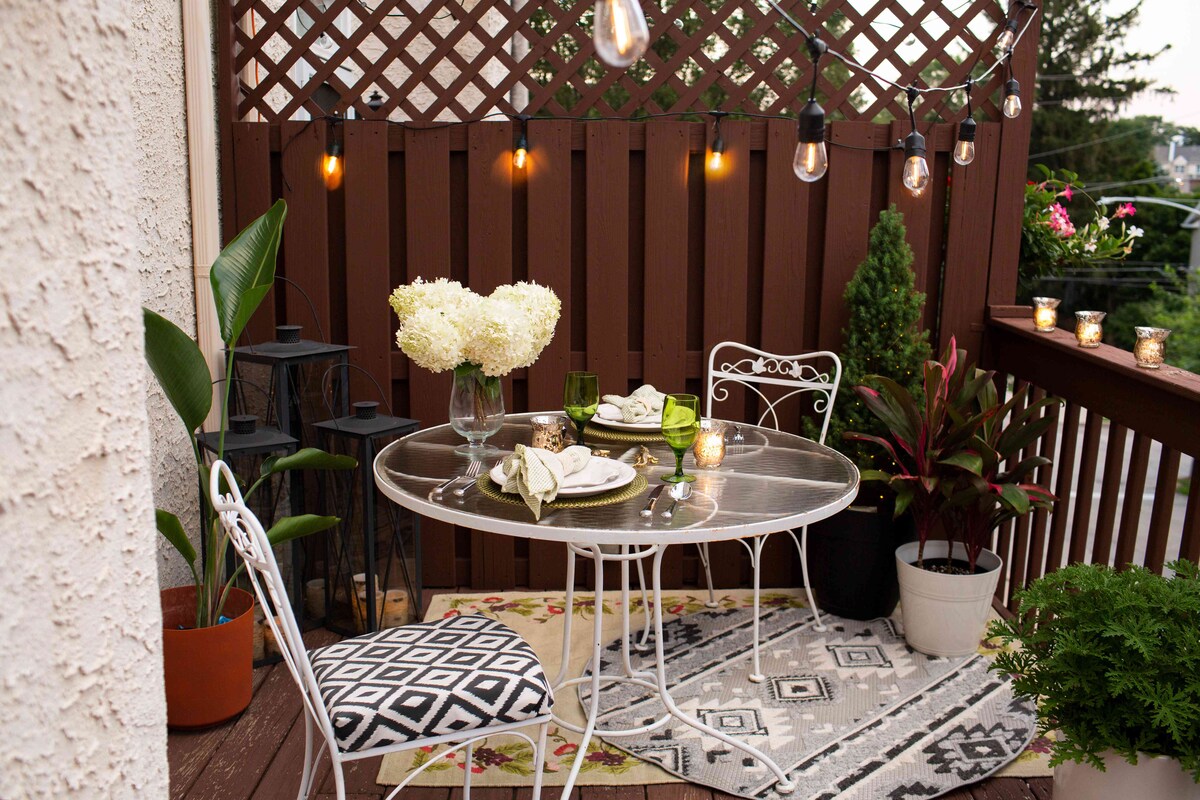
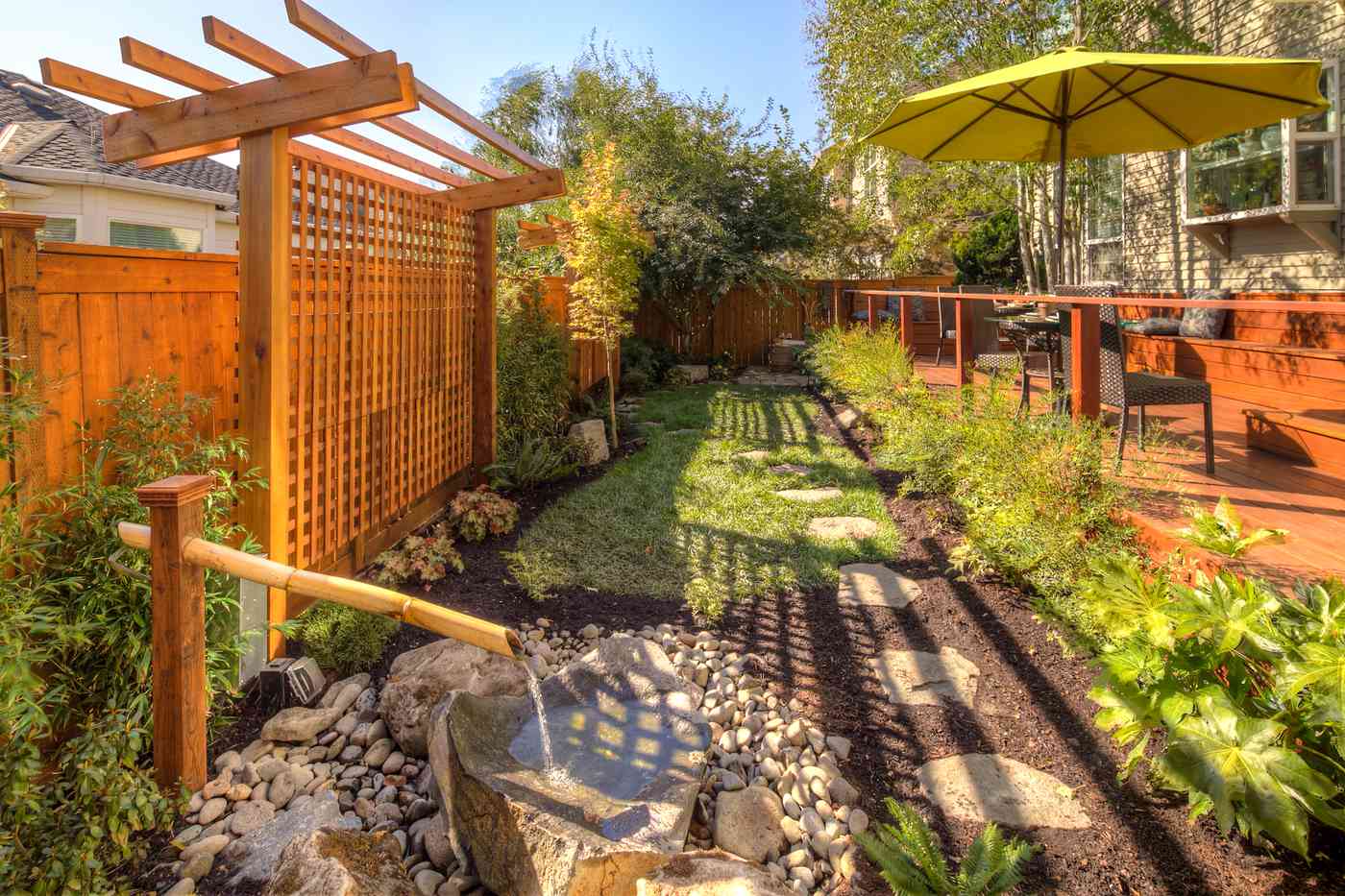
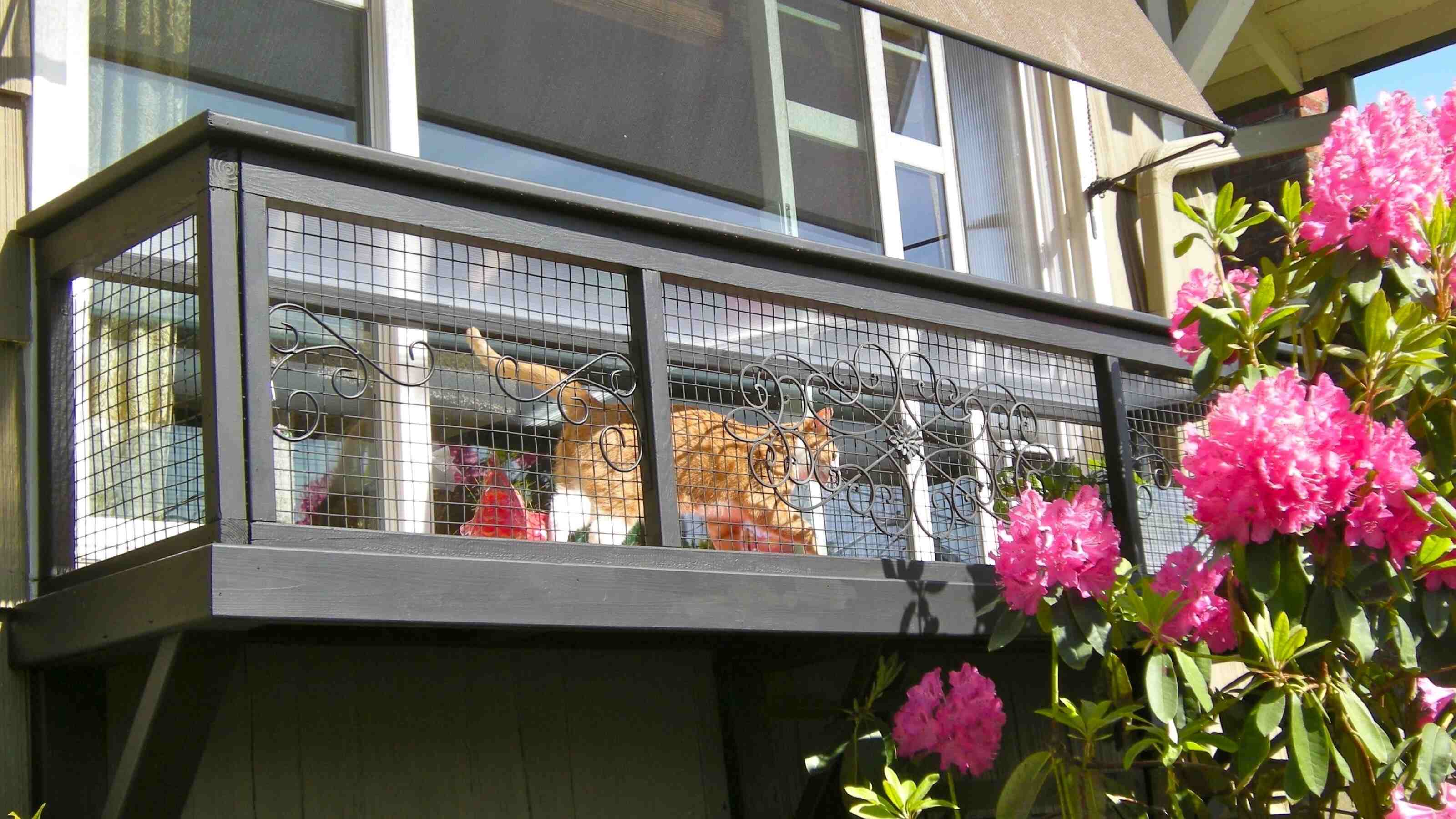
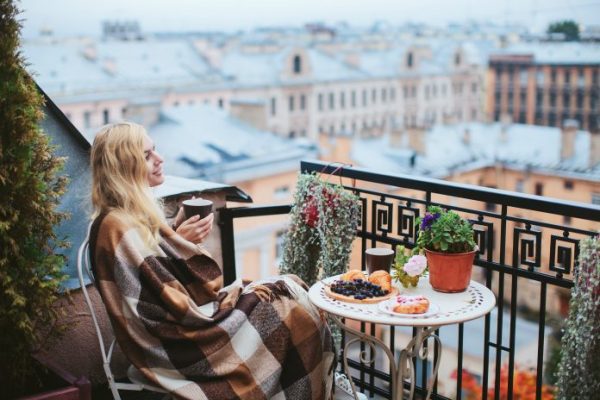
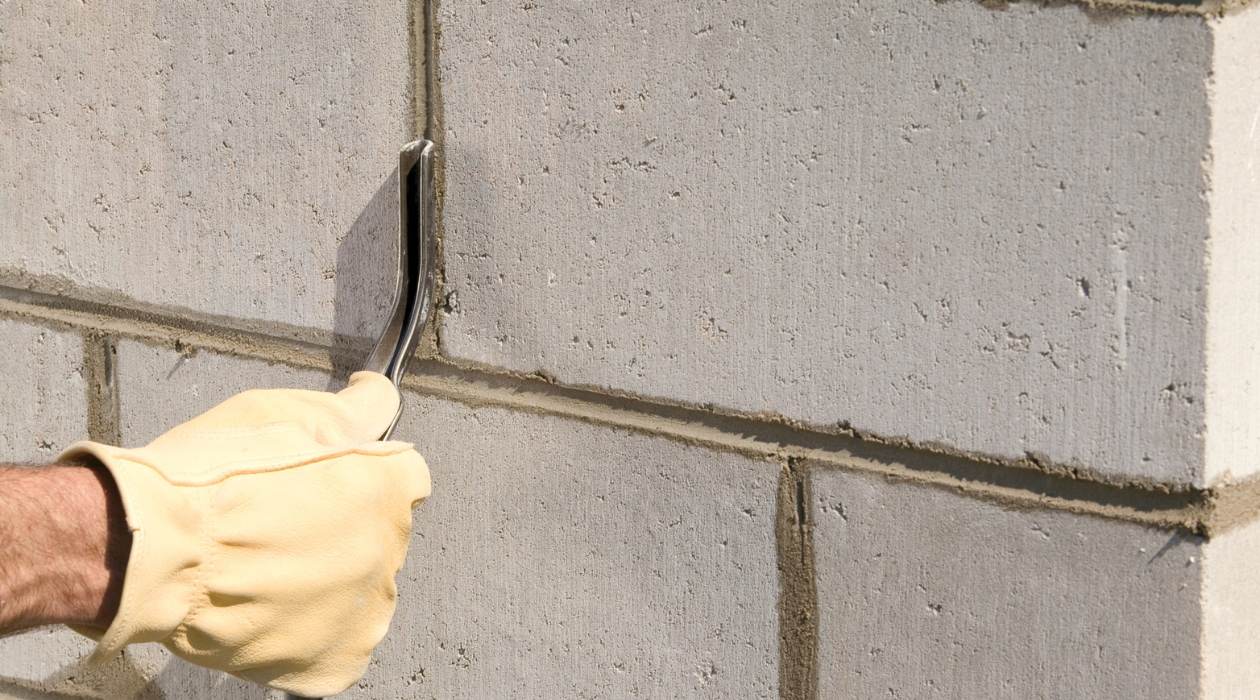
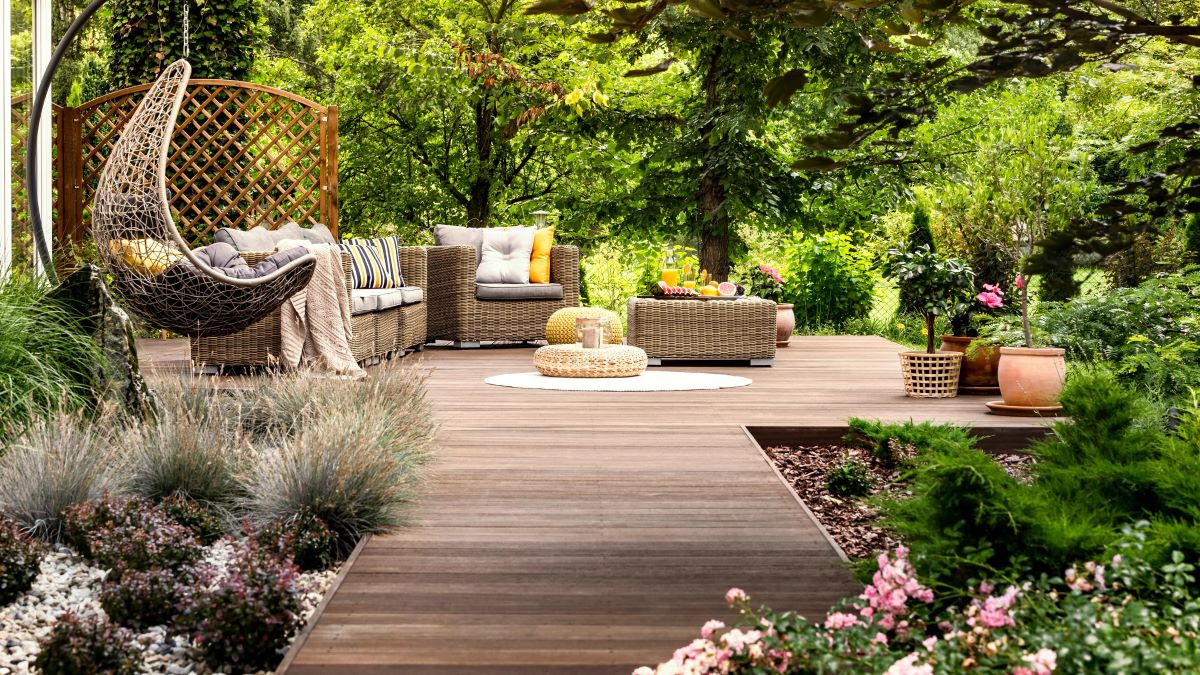
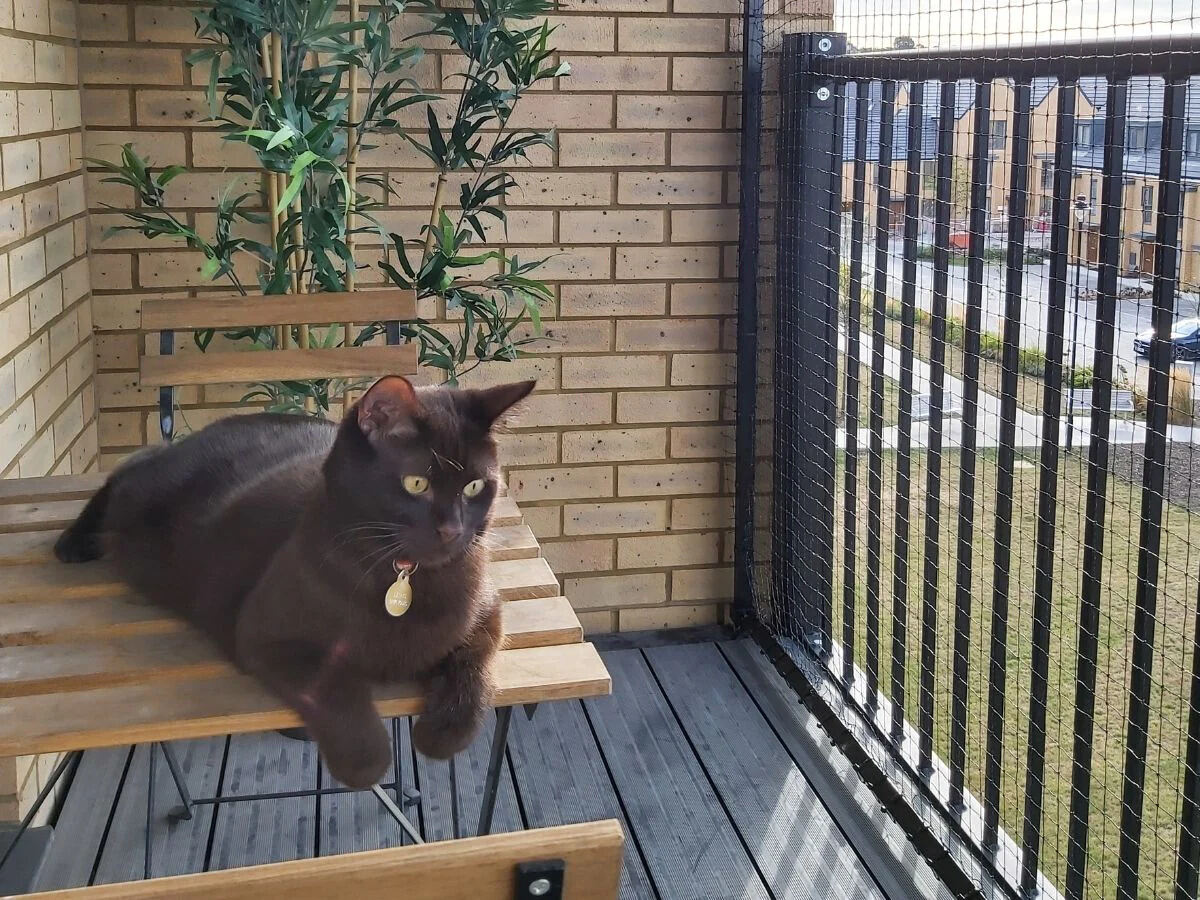

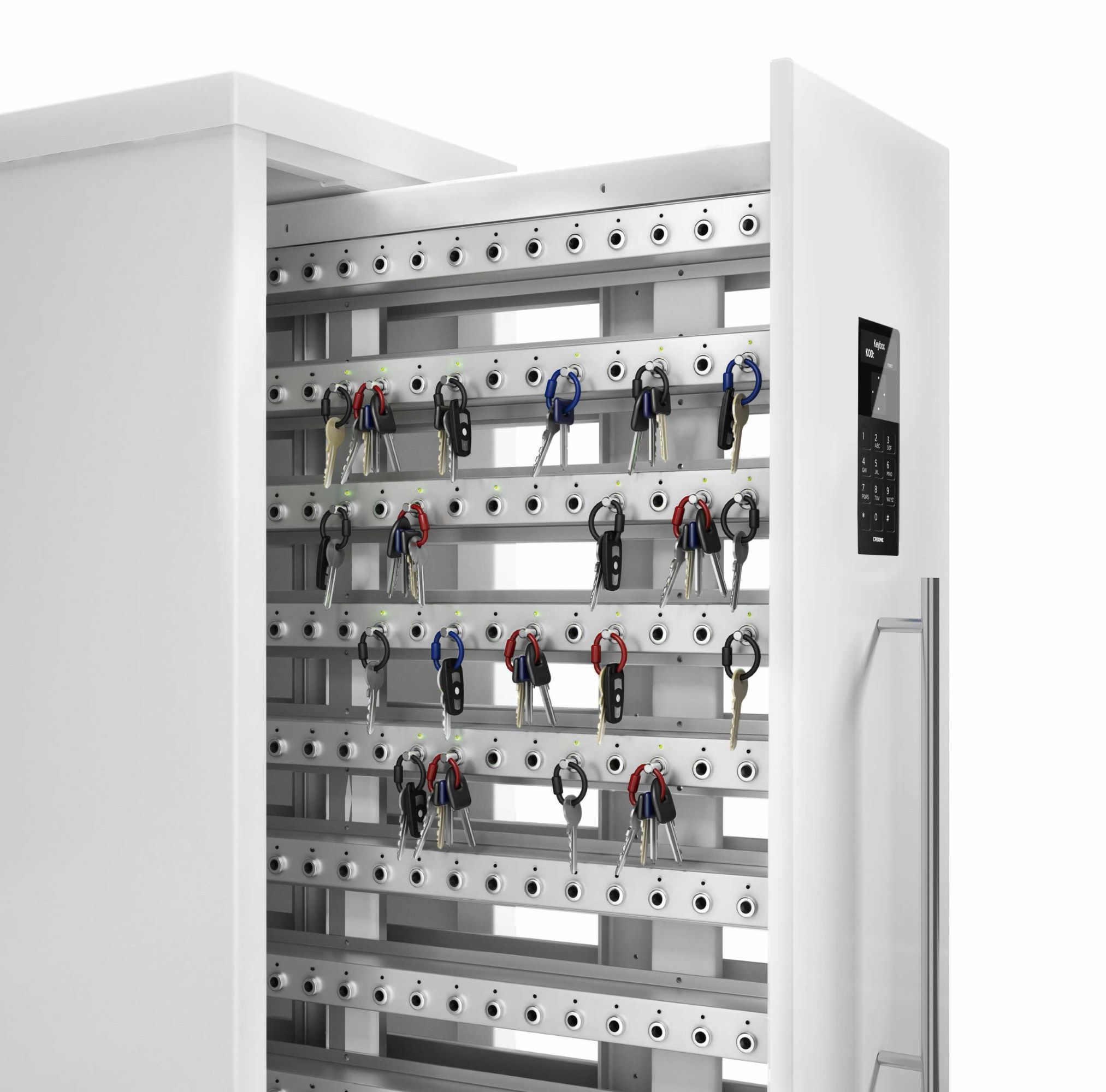
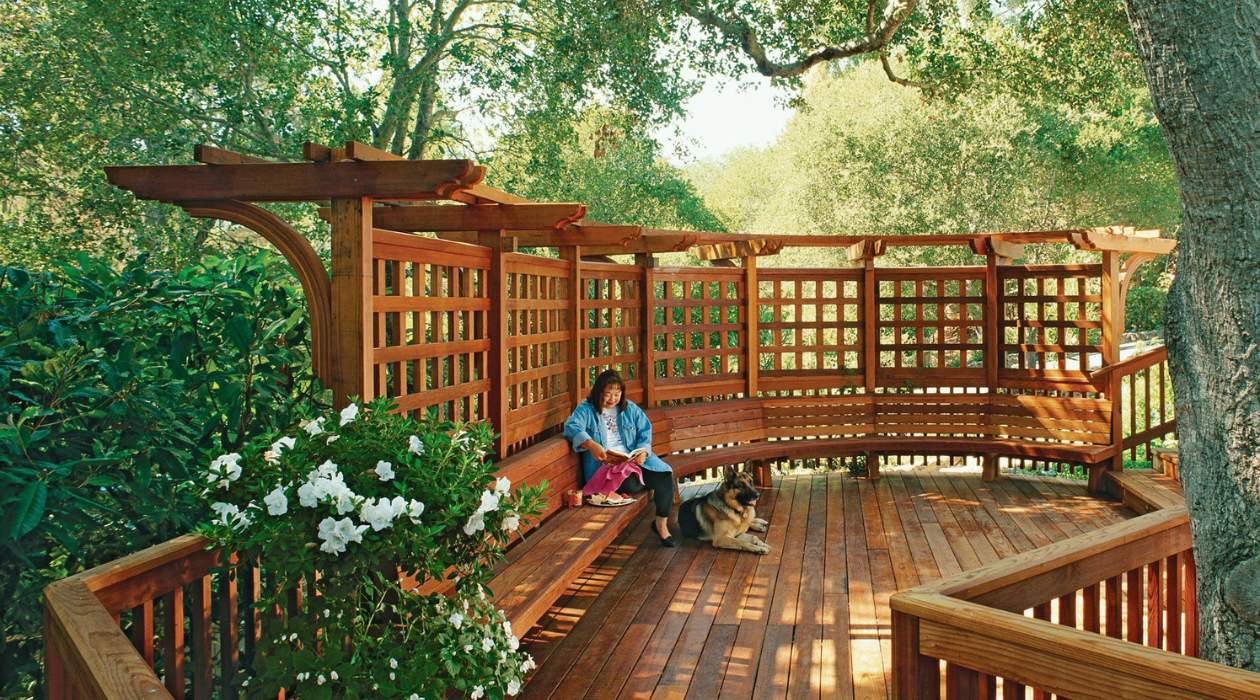
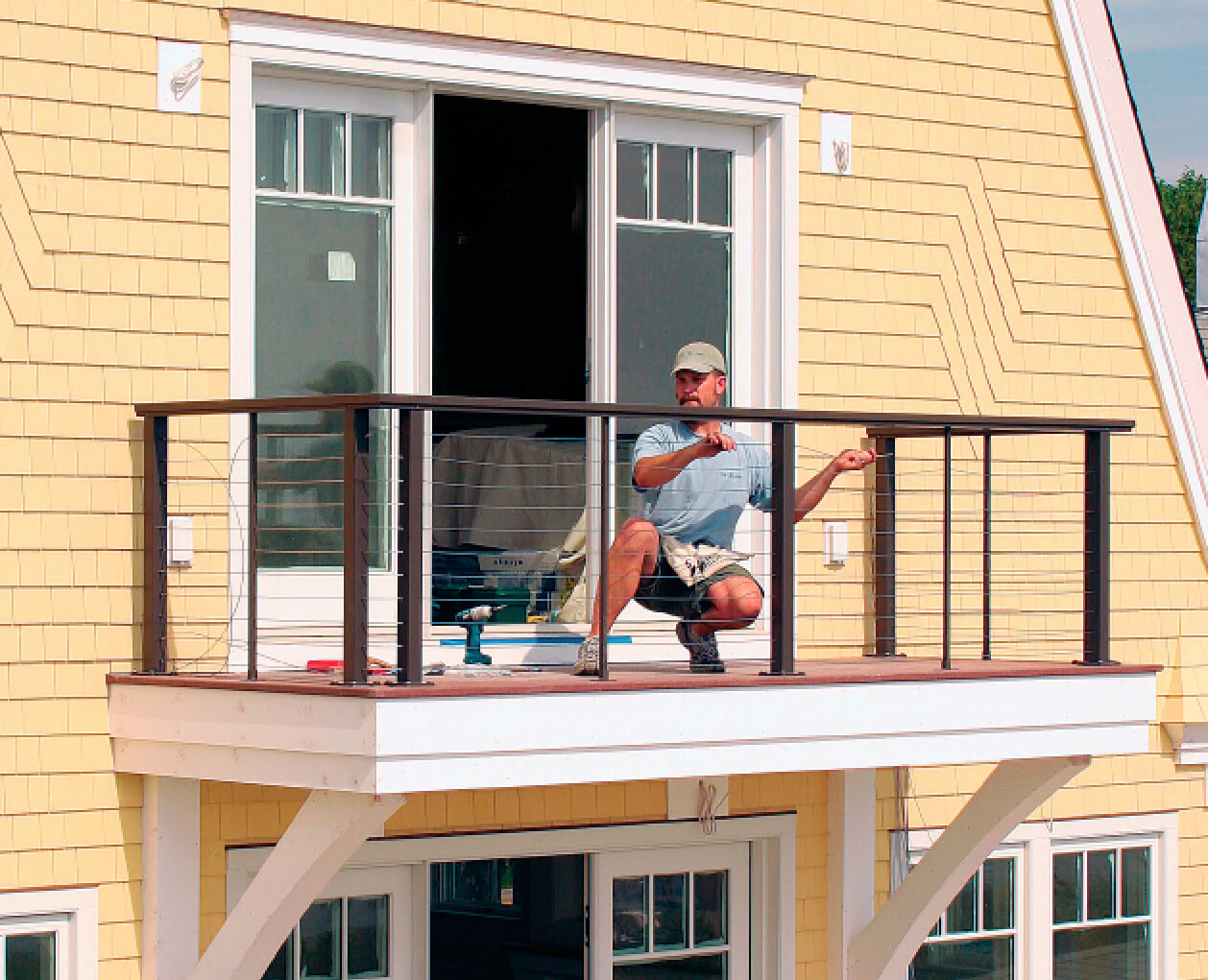

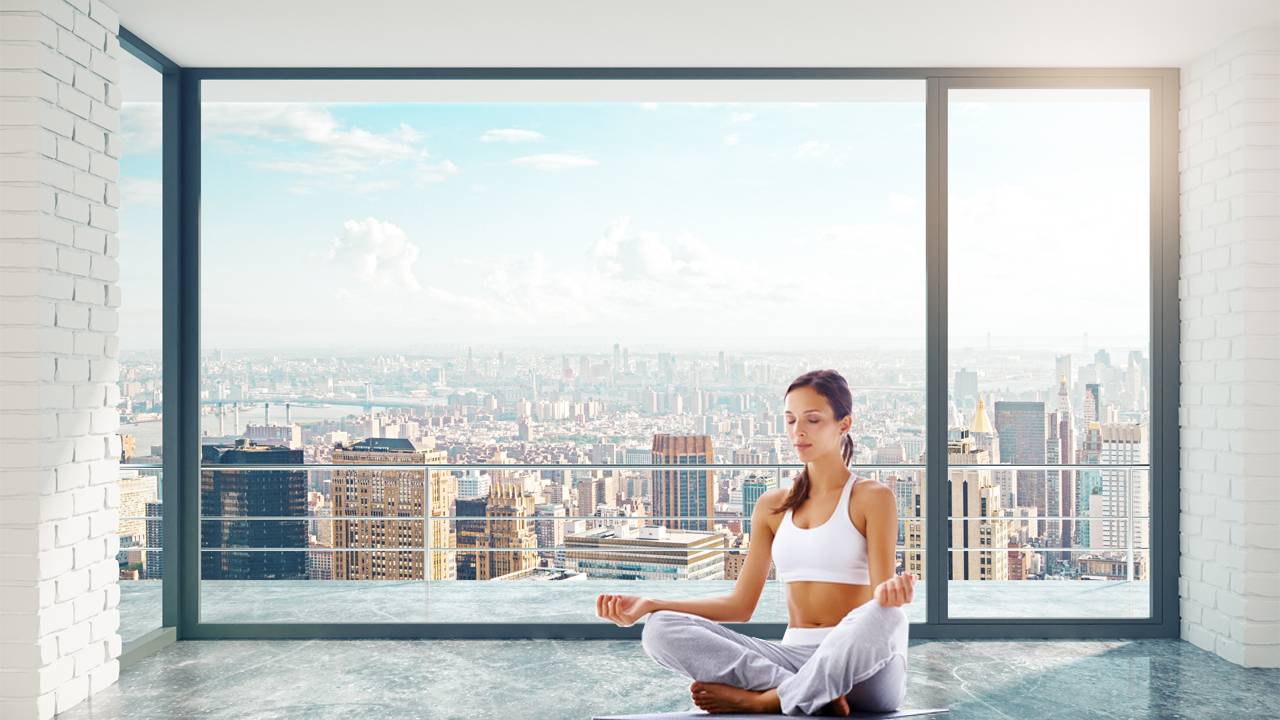

0 thoughts on “How To Make Your Balcony Private”